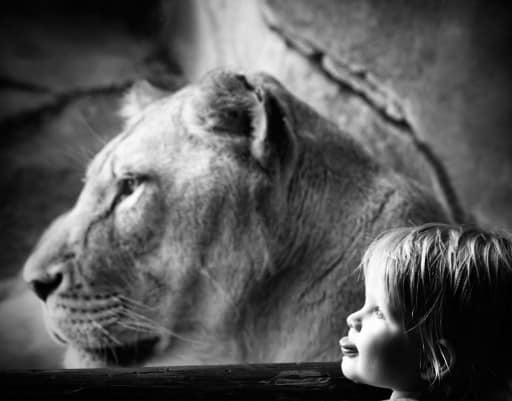 Last week while my Mom was in town, we headed to the Kansas City Zoo. I still cannot figure out who was more excited, my mother with her 50-200 lens, me with my inferior 70-300, or my wife who continually stated. “I can’t wait to go to the zoo!” all weekend. Oh and I forgot all about Michael and the possibility of his excitement, it was masked behind the binky I guess.
Last week while my Mom was in town, we headed to the Kansas City Zoo. I still cannot figure out who was more excited, my mother with her 50-200 lens, me with my inferior 70-300, or my wife who continually stated. “I can’t wait to go to the zoo!” all weekend. Oh and I forgot all about Michael and the possibility of his excitement, it was masked behind the binky I guess.
I really enjoy trips to the Zoo with my 70-300 lens. It makes for a great opportunity to capture the personality of the animals at the zoo. While the zoo by itself is a fun place to be, it is much more rewarding with a zoom lens! After a long day of walking and shooting, there is nothing more exciting than looking at all the animal treasures you have captured on your memory card.
With animal portraits I tend to favor a solid background. The natural environment they are surrounded in can be helpful to describe where they are, but often times that involves clunky zoo cages and fences. I chose to remove all of the distractions from these animal portraits by making the background a solid black. I will demonstrate this in Friday’s tutorial!
Tips For Photographing Animal Portraits at the Zoo
I will discuss the post processing further in the upcoming Friday tutorial, but for now let’s focus on your trip to the zoo and some helpful shooting tips.
- Most important, travel light. You will be doing a lot of walking, try to keep your equipment to a minimum. I tend to only grab my camera, my 14-54 lens and 70-300. A flash may be an item to bring, but consult with the zoo website to see if they are allowed and be sure to abide by the signs if Flash Photography is prohibited!
- The best time of day to go to the zoo is typically in the morning when the animals are let loose from their cages. Also if you get there when the doors open you have a high tendency to beat the crowds!
- Try to get to the Zoo on a weekday, like a Tuesday or something, weekends are packed with visitors! It is a great excuse to take some time off of work!
- Patience is a virtue! You may have to spend more than 45 seconds at any given location to photograph that animal properly. Give them time, they will move, but it may require longer then a 5 minute visit. When I am not with the family, I will take a good 15-30 minutes at a given location for the perfect shot.
- Cages and fences can be very distracting when shooting at the zoo. To avoid them with a zoom lens (like the 70-300) drop your aperture really low, as low as it goes. Set your focal point through the cage on the animal you want to photograph this should make the fence disappear, the closer to the fence you get the more the fence will disappear.
- If you are shooting with a wide angle lens, place the lens against the fence for stability, drop the aperture as low as it goes, and set your focal point on the animal. This should make the fence disappear with a wide angle lens.
- The fence doesn’t exactly “disappear” but because the aperture is set so low the depth of field narrows onto your focal point. The fence may still end up in your frame but it will be very blurry and simple show up as a low contrast band. Nothing that cannot be fixed in post!
- Don’t stress out about not getting the whole animal in the frame unless the posture is of utmost importance. Instead try to zoom in tight on their animated faces. The viewer will know what the animal is, trust me! We go all through school learning the alphabet through animals. Tight crops will warrant high levels of animal personality and the mind will make up the rest of the animal that is not displayed. Try to fill the frame with their facial expressions.
- Bracketing for HDR? I wouldn’t worry about it at the zoo, try to get one RAW exposure that shows a decent curve in the histogram with no blown highlights or shadows clipped. Later in post, you can create multiple bracketed exposures with software to extract more dynamic range.
- Last but not least! Be respectful of others at the zoo, kids love this kind of trip with their family. Let the kids get close and enjoy the animals. Just because you have a big camera doesn’t mean you take precedence. Many times people will see you holding up your camera for a shot, they will stop and wait on you. You and I both know this could take a while, drop the camera, let the people by and if they say sorry respond with, “Oh that is no problem I am going to be here a while!” There is nothing more annoying than a pompous photographer when you are trying to enjoy a public event like the zoo.


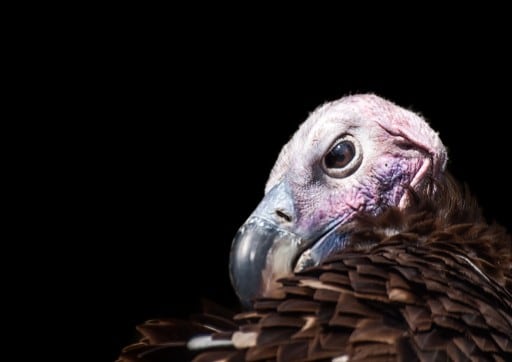
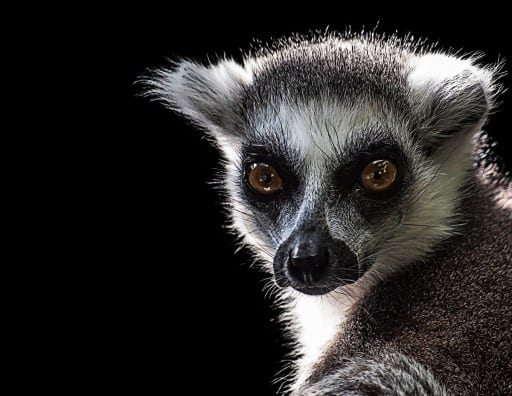
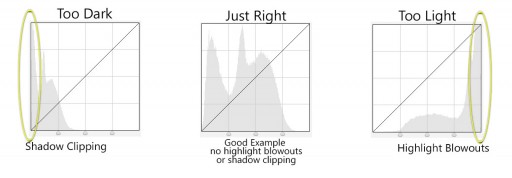
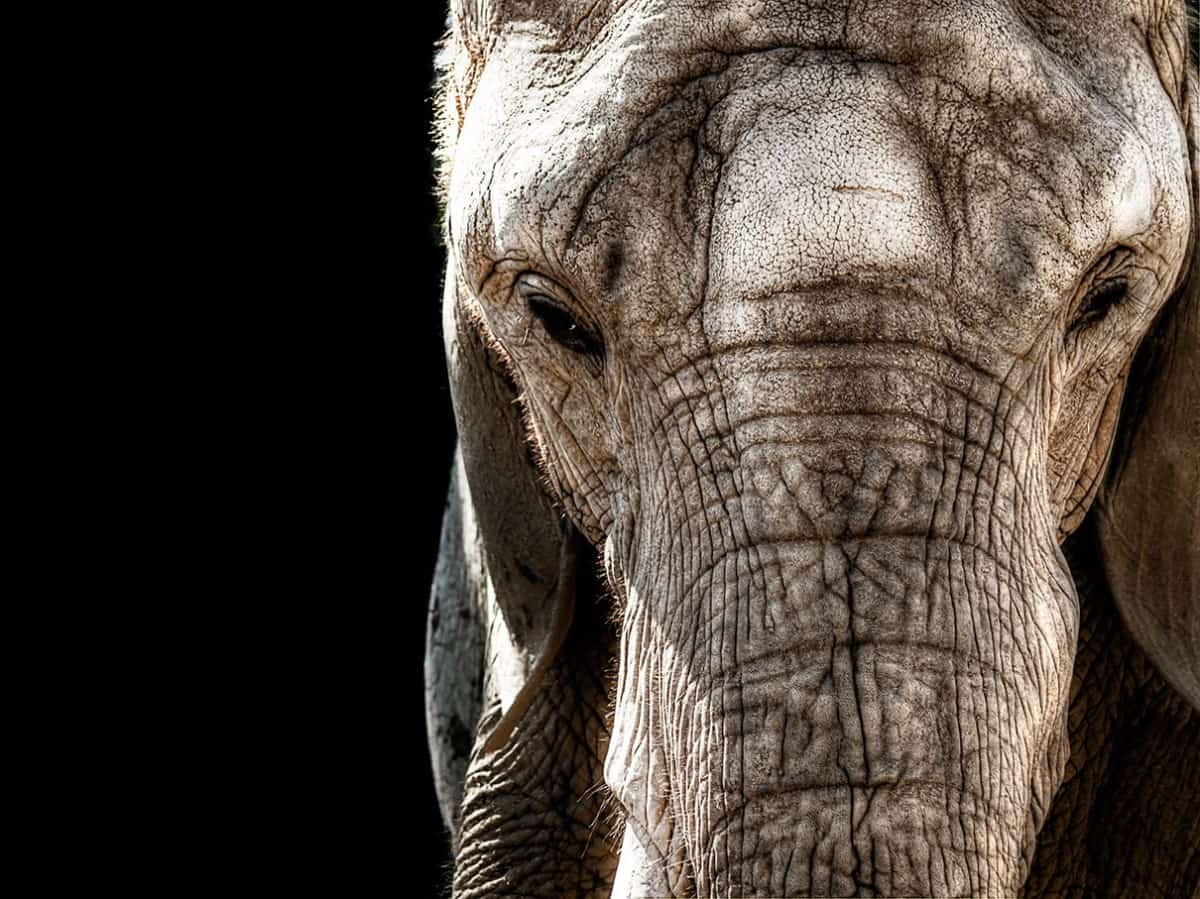








Wow – beautiful work Blake.
Thanks roomie!
Thanks Blake, I am headed to the zoo this morning with my little grandson!!